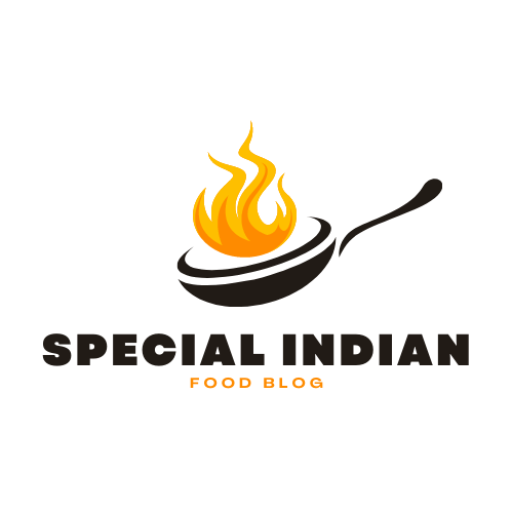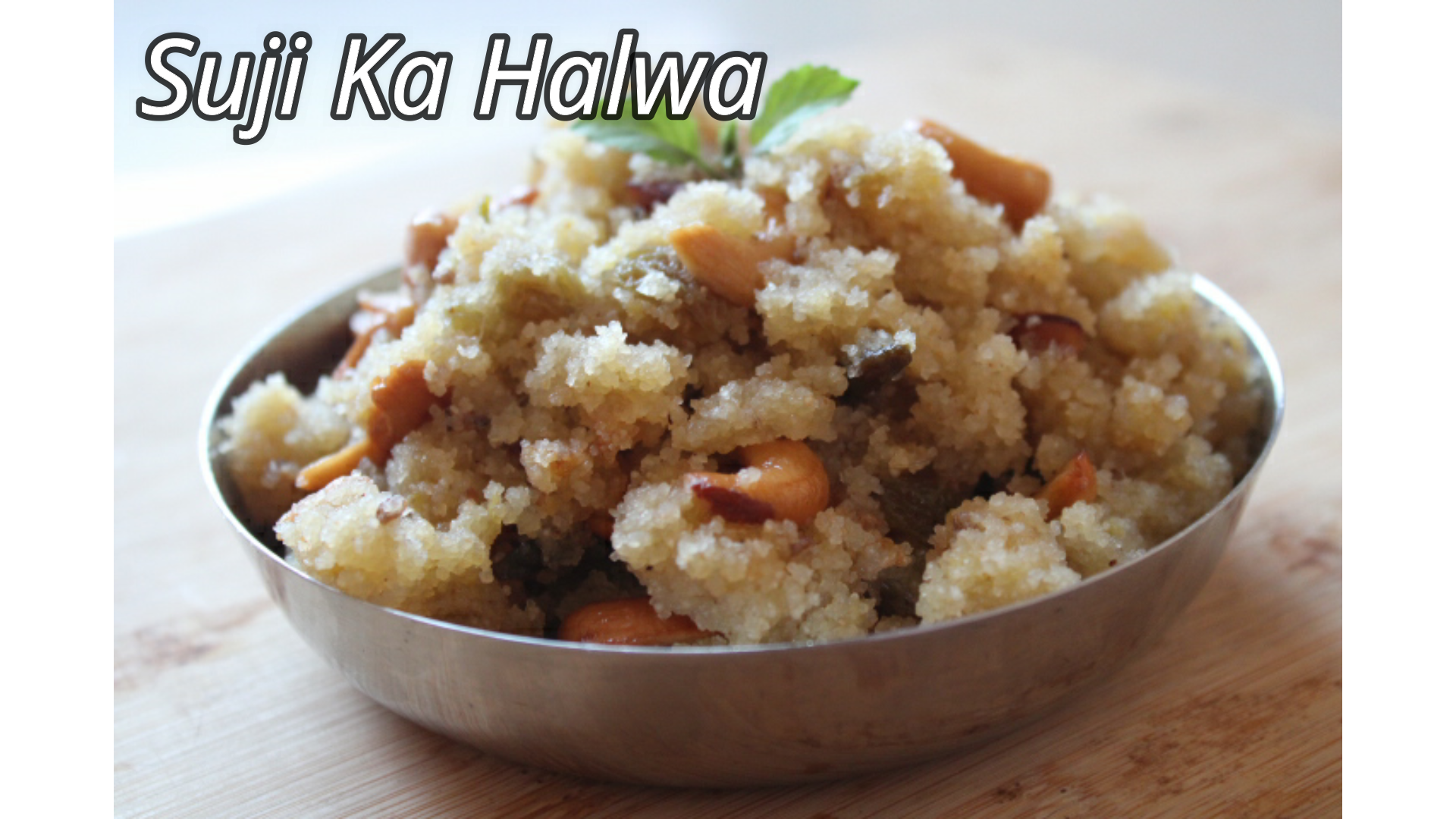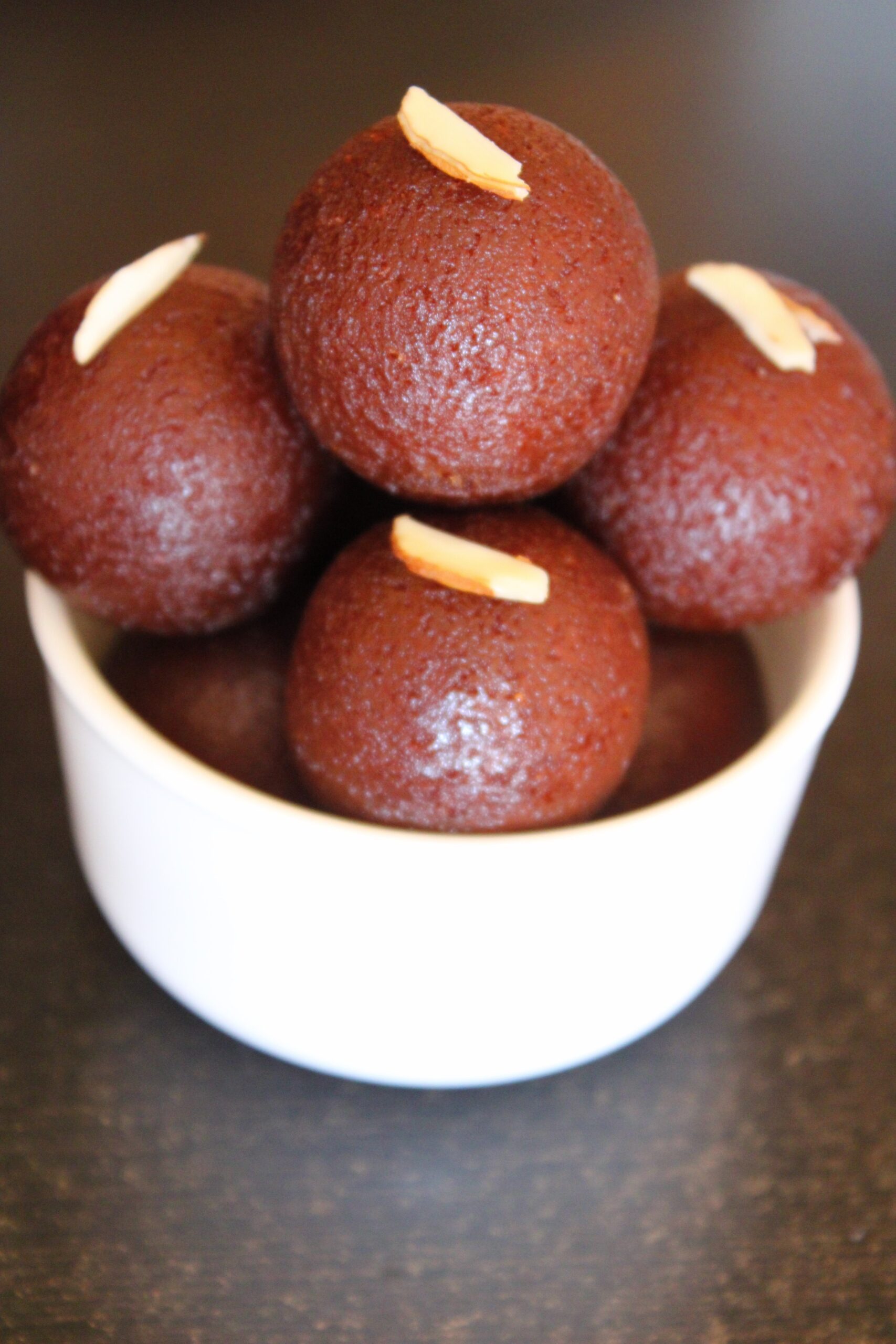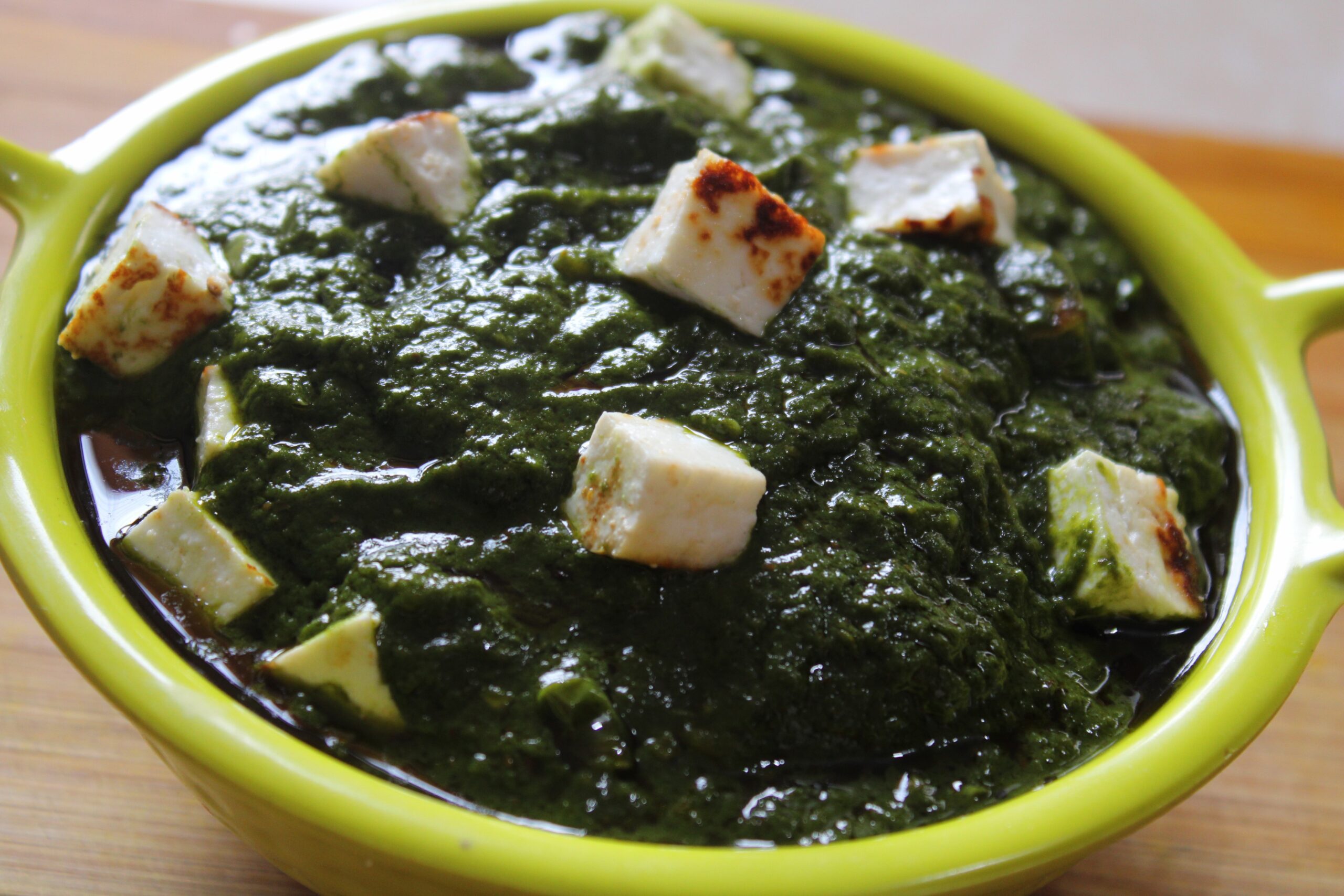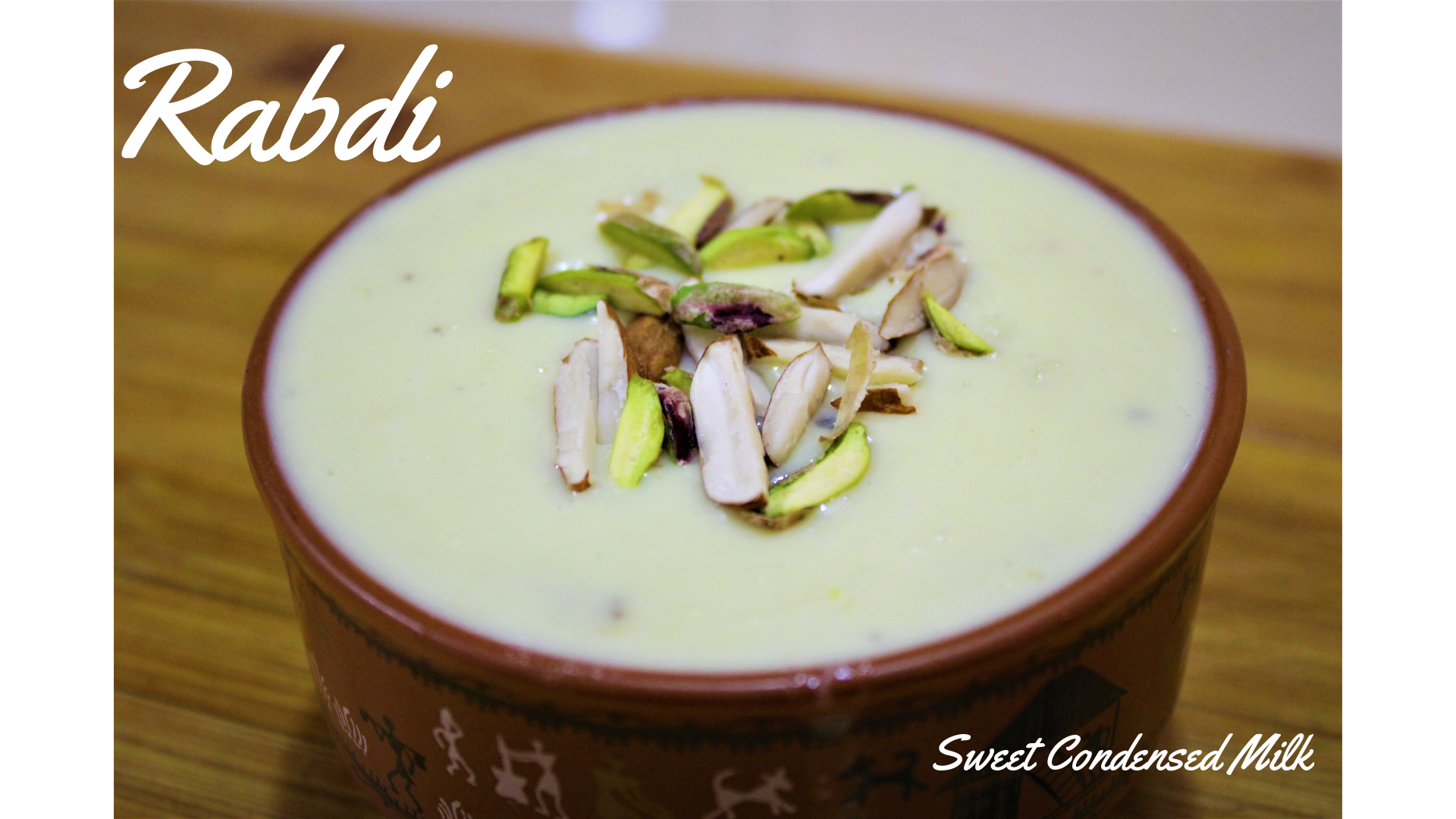Khoa, khoya, khowa or mawa is a dairy food widely used in the cuisines of the Indian subcontinent, encompassing India, Nepal, Bangladesh and Pakistan. It is made of either dried whole milk or milk thickened by heating in an open iron pan. It is lower in moisture than typical fresh cheeses such as ricotta. It is made up of whole milk instead of whey. A concentration of milk to one-fifth volume is normal in the production of Khoa. Khoa is used as the base for a wide variety of Indian sweets. Khoa is made from both cow and water buffalo milk. Khoa is made by simmering full-fat milk in a large, shallow iron pan for several hours over a medium fire. The gradual evaporation of its water content leaves only the milk solids. Another quick way of making Khoa is to add full fat milk powder to skimmed milk and mixing and heating until it becomes thick. This may, however, not have the same characteristics as traditionally made Khoa.
Khoa is normally white or pale yellow. If prepared in the winter, it may be saved for use in the summer, and may acquire a green tinge and grainier texture from a harmless surface mould. This is called hariyali (green Khoa) and is used in recipes where the Khoa is thoroughly cooked, e.g., gulab jamun.With the advent of refrigeration, the production of hariyali is rare. Khoa is used in various types of sweets Pedha is sweetened Khoa Vformed into balls or thick disks with flavourings such as saffron and/or cardamom added. Gulab jamun, also a round ball sweet made from Khoa and then deep fried and soaked in rose water flavoured sugar or honey syrup. A very popular Indian sweet. Barfi (or burfi) is also flavoured, but Khoa is not the only ingredient. Typically, another ingredient, such as thickened fruit pulp or coconut shavings, is added to Khoa and slow cooked until the moisture evaporates sufficiently to give the consistency of fudge, so it can be flattened and cut into rectangles, parallelograms or diamond shapes.
Gujia, a sweet fried dumpling stuffed with Khoa and nuts. A very popular sweet usually prepared in Holi.
Halwa is essentially a fudge made by adding Khoa to wheat starch or cornstarch and sugar syrup to give a dairy-like taste and texture and as a thickening agent. Most halva recipes, however may omit the Khoa , relying only on starch and sugar plus slivered nuts, spices such as cardamom and/ or saffron, and flavorings such as rose water and screwpine. Main course north India dishes like Khoa paneer, Makhmali Kofte, Khoa Matar. Naan roti stuffed with khoa is a speciality of the Muslim bakers of Bangalore. Cream Bell Ice Creams of India sells an ice cream brand called Royal Rajwadi that contains thick layers of cold pressed covered in a thin layer of Indian Kulfi ice cream.
Enjoy recipe|How To Make Khoa (Mawa) at Home|


How To Make Khoa Or Mawa At Home|
Ingredients:-
*************
1)Full Fat Milk – 1 Ltr.
Method:-
*********
1). To make Khoa or Mawa Put 1 liter milk to boil in a Non stick or Iron pan
2). Keep stirring the milk continuously on high flame so that is does not burn.
3). reduce the flame medium and cook till the milk reduces to 3/4 of it’s quantity, whil stirring occasionally and scraping the sides of the pan
4). Stir and cook until mixture starts to thicken.
5). When it turns into a big lump, turn off the flame.
6). Transfer Khoa or Mawa to a bowl and let it cool at room temperature.
Our Khoa Recipe is ready.
Tips:
1) Keep stirring the continuous milk while making Khoa, otherwise there is a possibility of burning thee milk
2) Cool the Khoa Completely outside before keeping it in the fridge.
3) Whenever you want to use Khoa or Mawa kept in the refrigerator. At that time , you take it out 30 mitutes before and keep it. At normal room temperature.
********************************************
If you like it please Like , Share , Comment
THANKS FOR VISITING
**************************
